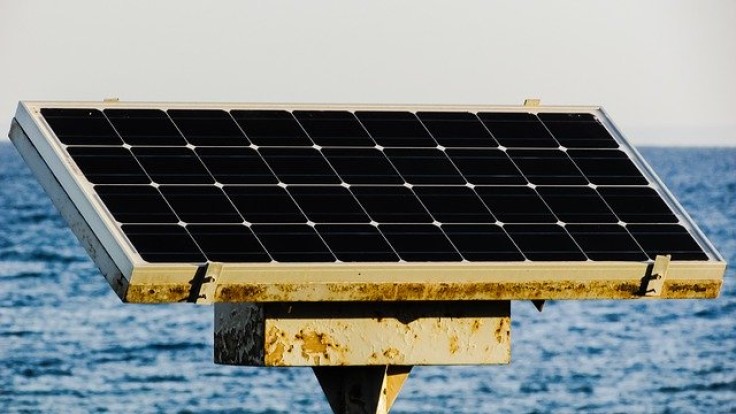
Solar panels are nearing the end of their useful life. However, how prepared are we for this looming environmental crisis?
Solar panels play an essential role in our effort to save mother earth. Solar panels give us access to renewable power. Solar energy helps reduce the demand for fossil fuels. These fossil fuels, when burned, produces greenhouse gas that contributes to global warming.
However, like any other product, solar panels have a lifespan. Many of the existing solar panels today are nearing the end of their life span. What that means is that we could be facing solar panel e-waste glut soon. Sadly, the world is not yet prepared for this eventuality.
The threat of solar e-waste glut
A report published in Grit warns of this potential problem.
The report said that 78 million metric tons of solar panels would reach the end of their life by 2050. That could result in 6 million metric tons of new solar e-waste each year. That number may be small compared to the total global e-waste produced annually. The problem is, we don't have the technology suitable for solar e-waste recycling. Our traditional methods are not enough to efficiently recover silver and silicon.
Arizona State University solar researcher Meng Tao underscored this need to mandate recycling. He said it would prevent modules from going to the landfill.
Most solar panels have a 25-year lifespan. Some of these panels are already being dismantled today. The European Union alone collects thousands of tons of solar e-waste yearly. This solar e-waste also includes those that were damaged, defective, or replaced with newer models.
Why are current recycling methods not enough?
The report explains why there is a lot that needs to be improved with our recycling methods. Thin layers of crystalline silicon cells fill a solar panel. Glass and polymers then protect these cells on both sides. Then, an aluminum frame holds these materials together.
Typically, recyclers remove the frame and junction box. They then retrieve its copper and aluminum. The rest are shredded. That includes the glass, polymers, and silicon cells. Experts estimate that current recycling methods get about $3 for these materials. However, the cost of recycling is between $12 and $25.
There is a way to bring down the cost-to-ratio, though. That is to make the process of extracting silicon and silver more efficient. This is what many PV recyclers are targetting. An example is a company called Veolia. The company runs a commercial-scale silicon PV recycling plant in France. They use heat and ball mill process to recapture more than 90 percent of the materials. That includes silicon and low-purity silver.
Finally, the report said that the world needs to face this fact. Solar panels will eventually fail. However, consumers should not bear the sole responsibility of disposing of them. And that is what the reality is right now.









